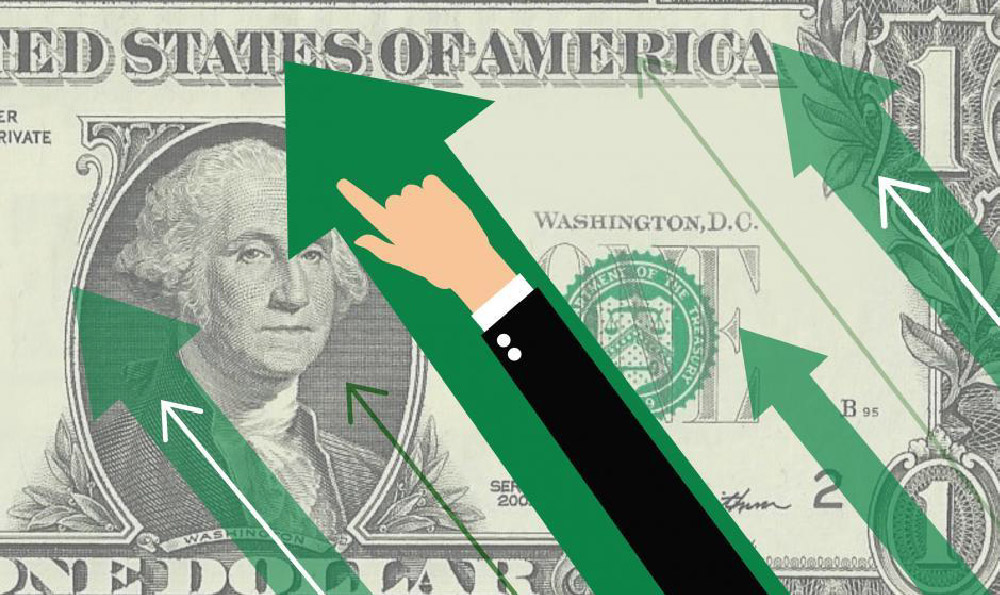How to Monetize Your 3D Printer: Is it Possible and How?
Okay, here's an article on monetizing a 3D printer, aiming for a comprehensive and engaging discussion:
How to Turn Plastic into Profit: Exploring the World of 3D Printing Monetization
The allure of creating physical objects from digital designs has transformed the landscape of manufacturing and personal expression. 3D printers, once relegated to industrial prototyping, are now increasingly accessible to hobbyists, entrepreneurs, and small businesses. But beyond the initial excitement of printing custom figurines and phone cases, lies a compelling question: can you actually make money with a 3D printer? The answer, thankfully, is a resounding yes – though success requires careful planning, targeted effort, and a clear understanding of both the technology and the market.

The feasibility of monetizing your 3D printer stems from its core capabilities: rapid prototyping, customization, and on-demand manufacturing. These advantages open doors to several potential revenue streams. Perhaps the most straightforward approach is offering 3D printing services to others. Many individuals and businesses lack the equipment, expertise, or time to manage their own 3D printing projects. By providing a service, you can fill this gap. This might involve printing prototypes for inventors, creating architectural models for design firms, or producing custom parts for small-scale manufacturing. The key here is specialization. General printing services exist, but focusing on a niche – like miniature figurines for board games, specialized components for drone enthusiasts, or personalized gifts – allows you to build expertise and attract a specific clientele. Furthermore, advertising and effective marketing are crucial to reach potential customers who might not even know that such a service is available locally. Online platforms like Etsy, specialized 3D printing service marketplaces, and even local classifieds can be valuable tools in this regard.
Beyond simple printing, designing and selling your own 3D models presents another avenue for monetization. This approach requires a higher level of skill, demanding proficiency in 3D modeling software. However, the potential rewards are significant. You can create designs for a wide range of products, from decorative items and functional tools to replacement parts and artistic sculptures. Online platforms like Thingiverse, MyMiniFactory, and Cults3D allow designers to upload and sell their models, reaching a global audience of 3D printing enthusiasts. The revenue model typically involves a royalty on each downloaded or purchased model. The beauty of this approach lies in its scalability: once a model is created, it can be sold repeatedly with minimal additional effort. To succeed, however, requires developing high-quality, original designs that are both visually appealing and practically useful. Focusing on a specific niche, such as models for wargaming, scale modeling, or architectural visualization, can help you establish a reputation and attract a loyal following.
Another promising area is the creation and sale of 3D-printed products. This goes beyond simply printing existing models and instead focuses on developing and manufacturing your own unique products using 3D printing technology. Consider crafting personalized jewelry, custom-designed phone cases, or bespoke home decor items. The possibilities are truly endless. This approach requires a more significant investment in design, prototyping, and marketing. However, it also offers the greatest potential for profit. Setting up an online store or selling through platforms like Etsy provides a direct channel to customers. One important factor is identifying a product that fills a need or desire in the market and that can be produced cost-effectively using 3D printing. Product photography, compelling descriptions, and effective marketing are also essential to drive sales.
However, the path to monetizing a 3D printer isn't without its challenges. Competition is increasing, particularly in the more general printing services. Material costs, electricity consumption, and machine maintenance all contribute to operational expenses that must be carefully managed. Learning the intricacies of different 3D printing technologies and materials is crucial for producing high-quality products and avoiding costly mistakes. Furthermore, intellectual property rights must be carefully considered. Avoid printing or selling designs that infringe on existing patents or copyrights. It's always a good idea to research and understand the legal implications of your activities.
Beyond the core business models, exploring niche opportunities can unlock further potential. Consider offering 3D printing workshops or training courses to teach others how to use the technology. Repairing and maintaining 3D printers can also be a viable service, particularly in areas where access to specialized technicians is limited. Collaborating with local businesses to provide custom manufacturing solutions can also open doors to new revenue streams. For example, a local bakery might need custom cookie cutters, or a small engineering firm might require prototypes for new products.
Ultimately, successful 3D printer monetization requires a combination of technical skills, business acumen, and creative thinking. Identify a niche, develop a compelling value proposition, and consistently deliver high-quality products or services. Stay updated on the latest advancements in 3D printing technology and be willing to adapt your business model as needed. While instant riches are unlikely, with dedication and strategic planning, turning your 3D printer into a profitable venture is certainly within reach. It's a journey of continuous learning and innovation, where the only limit is your own imagination.













